Author: Ray Found
We were recently contacted by Oregon State University graduate student, Steven Hill, who works in the hop breeding program with Dr. John Henning from the USDA, the first scientist known to be using hop genomic markers to do breeding selections. The program at OSU is responsible for moving forward the hop genome project that identified the key genes for essential oils, bittering acids, and Xanthohumol. Steven asked if we’d be interested in testing some hop varieties from their breeding program thought to be headed for commercial release.
Of course!
As luck would have it, my work travel schedule allowed for me to meet-up with Steven one evening at Oakshire Brewing in Eugene, OR where I enjoyed a pint and chatted with him about the breeding program, hop genetics, farming, and you name it. When we parted ways, I was 2 lbs of hops richer and slightly concerned about how things might go at airport security the next morning.
OSU and the USDA breed many hop varieties, most of which fizzle and are culled from the fields. This is the reason hops don’t get names that would garner any significant emotional bonding until they are released for commercial plantings and marketing. As such, the hop featured in this issue of The Hop Chronicles has the illustrious appellation: USDA 2006009-074, shortened for sake of conversation to USDA 074.
Alpha: 12.36%
Beta: 2.68%
Cohumulone: 32.4%
Total Oil: 0.5 mL/100 mg
Myrcene: 5.09%
Humulene: 19.89%
Caryophyllene: 10.72%
Farnesene: 0.07%
Linalool: 1.08%
Parentage: Open pollination cross of Tetraploid Perle
Open pollination is basically a friendly way of saying, “we don’t know who the baby daddy is.”
| MAKING THE BEER |
The hops ended up posing no issues at airport security and I brewed this batch a few days after getting home, my first using a stainless ThermoBarrel from Chapman Brewing Equipment (review to come).
My cousin, Matt, brought some of his gear to my place for what turned into a 30-gallon brew day that resulted in 4 different worts– 2 for The Hop Chronicles , another for an upcoming xBmt, and a batch for Matt to take home. Since I was out of town beforehand and didn’t have time to make a conventional starter, I opted to go with a huge vitality starter the day of brewing.
We mashed in around 10AM and hit the target temperature.
Following the 1 hour mash, I did something I’d been thinking about for a while but hadn’t tried– since Matt’s kettle is the same diameter as mine, we collected all of the sweet wort into one, stirred to ensure homogeneity, then connected the ball valves on each kettle with some tubing and allowed gravity to split the wort into equal portions. It worked great!
I proceeded to boil the wort and add the hops per the recipe. As mentioned, the plan was to split a single vitality starter of WLP090 San Diego Super Yeast between all 4 carboys, so I made a 2L starter with some DME, boiled and chilled it, then pitched 4 vials into the flask… or I should say, I pitched 3 vials of yeast and one entire vial. Fuck!
Not wanting to risk 20 gallons to whatever microbes may have been residing on the vial, I left the full carboys in my chamber overnight and made an emergency run to MoreBeer the following morning, returning with 4 sachets of Safale US-05. At this point, the wort was sitting at a perfect 66°F/19°C, my preferred ale fermentation temperature, thus pitching commenced. Fermentation occurred as expected. After about a week, I took an initial hydrometer measurement that showed the beer had dropped to a pleasingly dry 1.008 SG. The beer was dry hopped then left alone a couple more days before being cold crashed, fined with gelatin, and force carbonated. Data collection began about 5 days later at the BeerMe Brew Club meeting.
| METHOD |
Tasters were instructed to focus solely on the aromatic qualities of the beer prior to tasting the sample. For each aroma and flavor descriptor, participants were first asked whether or not they perceived the characteristic with “yes” selections taking them to a page instructing them to write-in the perceived strength of that particular characteristic on a 1-9 scale (weak to strong); endorsing “no” resulted in the taster skipping over the rating of that descriptor directly to the next one. Once the data was collected, the average rating of each aroma and flavor descriptor was compiled with all “no” responses being assigned a score of 0.
| RESULTS |
In total, 15 people participated in the evaluation of this THC beer, all completely blind to the hop variety used throughout the evaluation, which I suppose didn’t matter since USDA 074 isn’t exactly well-known. The average ratings for each descriptor were plotted on a radar graph.
Average Ratings of Aroma and Flavor Perceptions
The 3 characteristics endorsed as being most prominent by participants:
| Aroma | Flavor |
| Citrus | Citrus |
| Tropical Fruit | Tropical Fruit |
| Melon | Apple/Pear |
The 3 characteristics endorsed as being least prominent by participants:
| Aroma | Flavor |
| Onion/Garlic | Onion/Garlic |
| Earthy/Woody | Stone Fruit |
| Grassy, Pine | Resinous |
Tasters were also asked about the pungency/strength of the hop. Of the 15 participants, 8 (53%) endorsed mild while the other 7 (47%) perceived it as being moderately pungent. Nobody perceived the pungency as being either strong or extreme.
Responses to a question asking tasters to name beer styles they thought the hop would work best in were limited to a few particular styles with hoppy IPA and Pale Ale being the most common, while Hefeweizen, Belgian Ale, Blonde Ale, and even one vote for Berliner Weiss were also mentioned.
Finally, participants were asked to rate how much they enjoyed the hop character on a 1 to 9 scale (low to high).
My Impressions: To me, this hop has a lot of promise with its fruity, apple/pear, and melon aromatics, a refreshing change compared to the heavy overripe fruitiness I get from many new hops like Citra. I can see how some might perceive citrus in USDA 074, though I found the fruit characteristics to be less precise than that. I also detected a certain fruity tanginess in the flavor, though not overt or powerful. However, I found this hop to be a bit more subdued in terms of flavor, which surprised me, since my impression of the aroma of the hops alone before brewing was “WOW!” I perceived the bitterness as being clean without significant harshness and it didn’t linger. My personal inclination is to try this hop in a more hop-heavy and bolder IPA where I can really make it shine, or throw it in something more subtle like a Kölsch, Belgian Blonde, or Tripel, styles that would allow the more delicate character of this hop to provide a nice accent.
| CONCLUSION |
This hop served to remind me not every new variety is going to be the next Amarillo, Mosaic, or Citra. Despite being more on the mild end of the spectrum, USDA 074 imparts a unique and pleasant blend of fruit not found in many of the currently lauded hops. Moreover, I suspect it will see some success due to the fact it is high yielding and resistant to drought, important factors from an agronomic standpoint. Finally, unlike hops bred on privately owned farms, USDA 074 is not proprietary, meaning the supply can expand to meet demand, keeping the price more reasonable than other privately owned hop varieties.
USDA 074 is not currently available to brewers, but it may be relatively soon, so keep your eyes peeled. Until then, check out what’s going on with the Hops Breeding Program at Oregon State University, they’re doing some seriously cool stuff!
Support Brülosophy In Style!
All designs are available in various colors and sizes on Amazon!
Follow Brülosophy on:
FACEBOOK | TWITTER | INSTAGRAM
| Read More |
18 Ideas to Help Simplify Your Brew Day
7 Considerations for Making Better Homebrew
List of completed exBEERiments
How-to: Harvest yeast from starters
How-to: Make a lager in less than a month
| Good Deals |
Brand New 5 gallon ball lock kegs discounted to $75 at Adventures in Homebrewing
ThermoWorks Super-Fast Pocket Thermometer On Sale for $19 – $10 discount
Sale and Clearance Items at MoreBeer.com
If you enjoy this stuff and feel compelled to support Brulosophy.com, please check out the Support Us page for details on how you can very easily do so. Thanks!


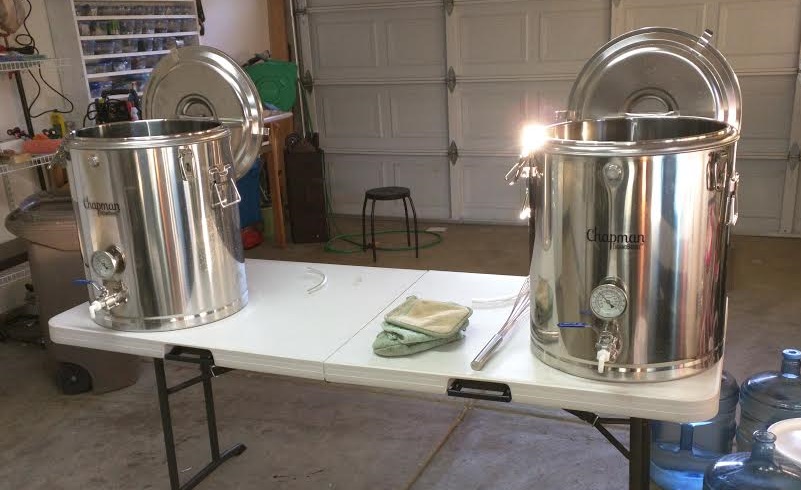
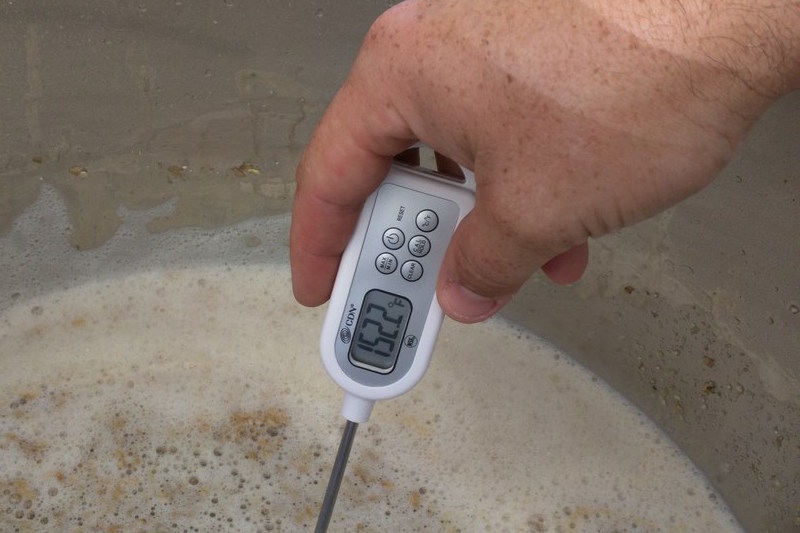
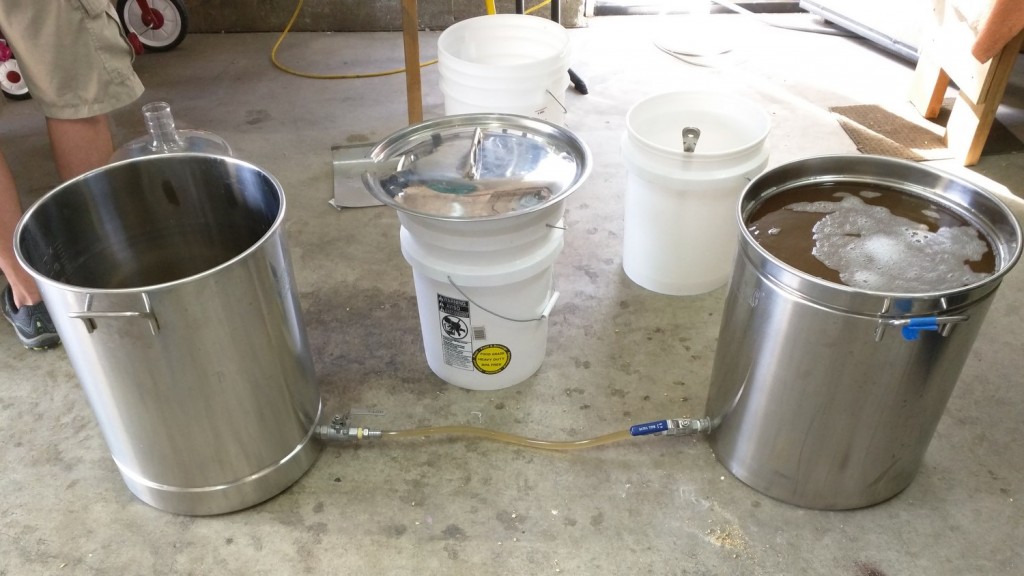
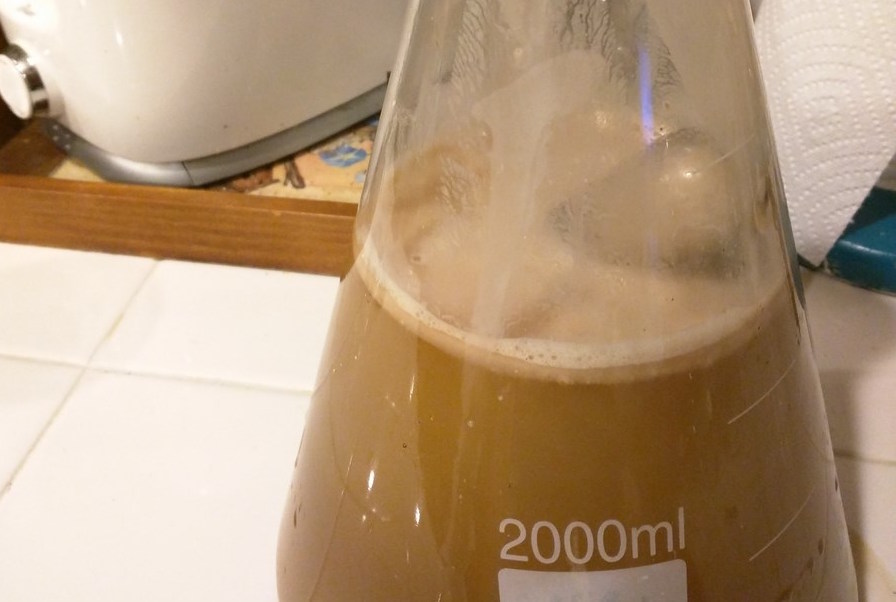
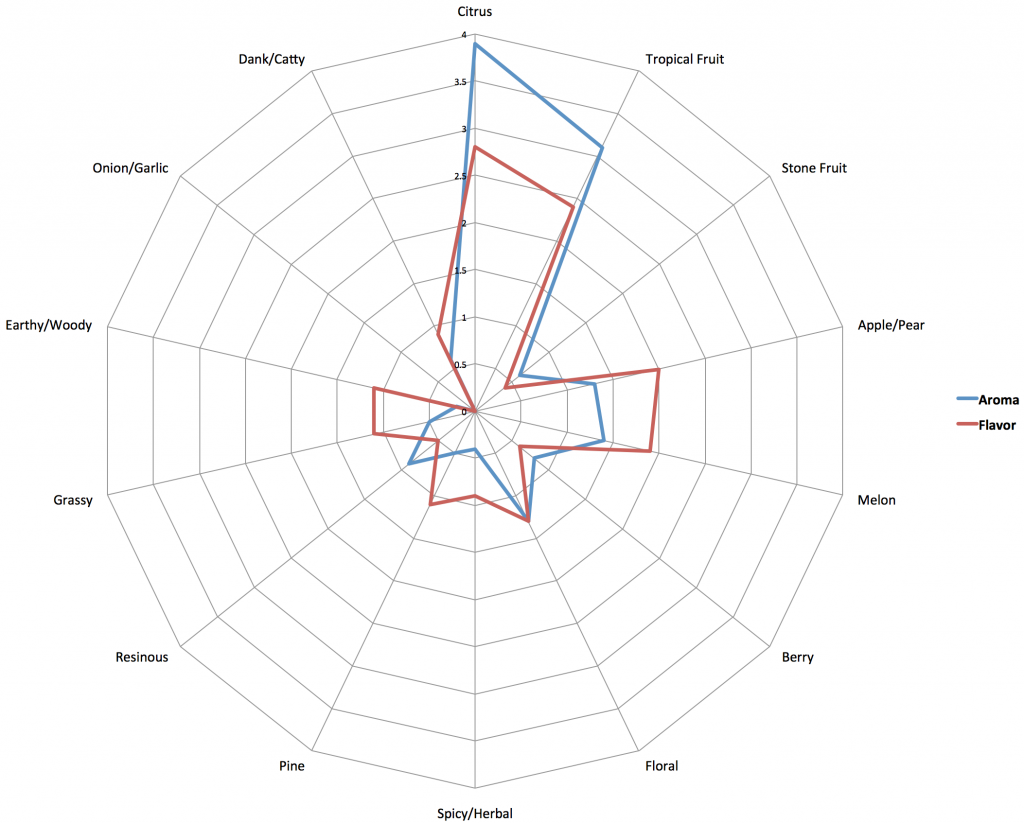
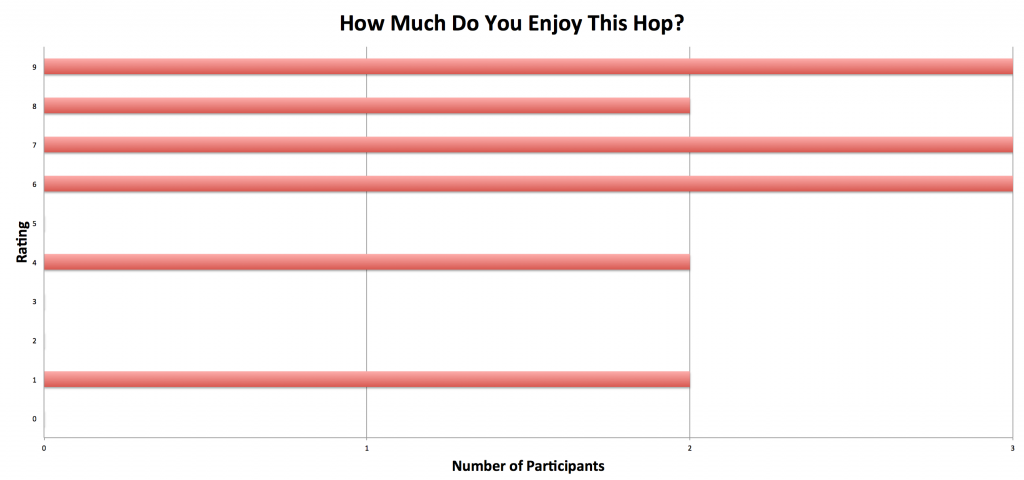










16 thoughts on “The Hop Chronicles | USDA 074 (2015) Pale Ale”
What were the specifics of your recipe? I assume it was an American Pale Ale but og, ibus, etc would be interesting to know as well as the timing of your hop additions. Thanks!
On my phone, but you can find the exact recipe in the Recipes section of the site, it’s The Hop Chronicles Pale Ale. We’ll be going with something else soon.
Hello!
Is there a mistake in the flavor list? (The 3 characteristics endorsed as being most prominent by participants). On the chart, apple/pear seems higher than melon.
Thanks for pointing that out! It has been corrected.
This is some cool inside-baseball stuff I don’t read anywhere else. I’m always looking to expand my hop repertoire and look forward to this one going commercial to give it a shot.
Yup! I loved the opportunity to be a party to the stuff that’s going on in the research end.
Sounds tasty. Would they notify you if they named and released this commercially?
We can probably get that set up. Not really sure.
Yes, I would expect to hear from Steven when this hop becomes available commercially, I think it could be as early as next year. We would likely update to annotate with names when it is released.
Awesome article!
Thank you!
Great article as usual! Really fascinating what they are doing. I was wondering if you’ve done much comparison between dry hopping in secondary vs. in the keg, etc? I know that a lot of people have different strategies, but just curious as to what actually produces the “best” results.
Cheers,
Tim
We have a bunch of dry hopping xBmts on the list, to be sure.
Hello! I have a question that you guys might be able to answer… can vacum sealed hops be stored in a cool and dark area instead of puting them in the freezer/fridge? We have a local store that sells hops like this and after a quick internet investigation it would seem that vacum+fridge is the best option…
I usually keep my vacuum sealed hops in the freezer, but there have been times I ran out of room and left them on my workbench for a couple weeks during the cooler months. In my experience, they were still fine, but I’m no hop expert and wouldn’t feel comfortable recommending others do this.
FYI – your link is broken. Should go to maybe
http://plantbreeding.oregonstate.edu/plantbreeding/research/hops-breeding-program